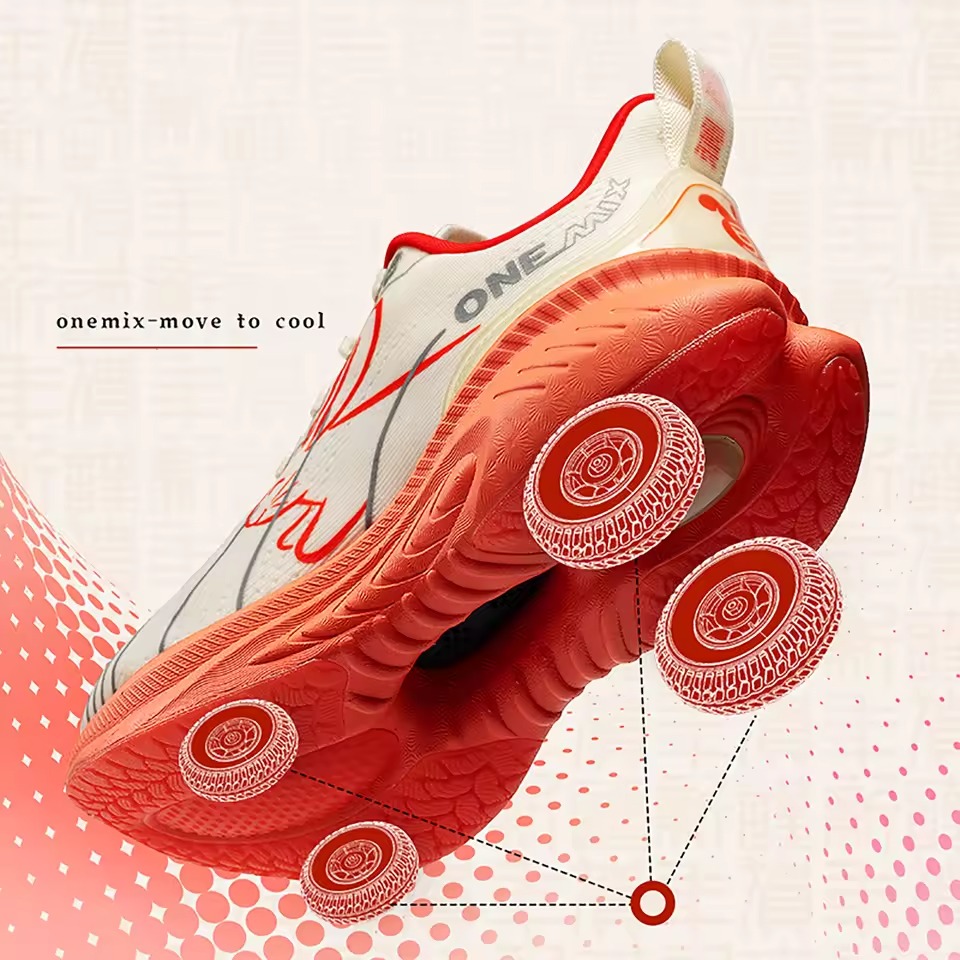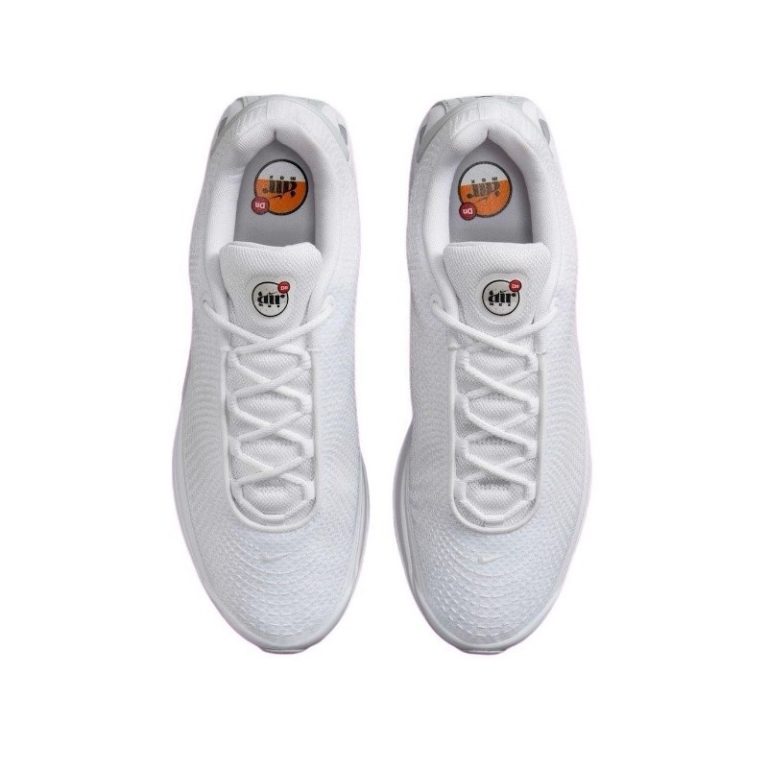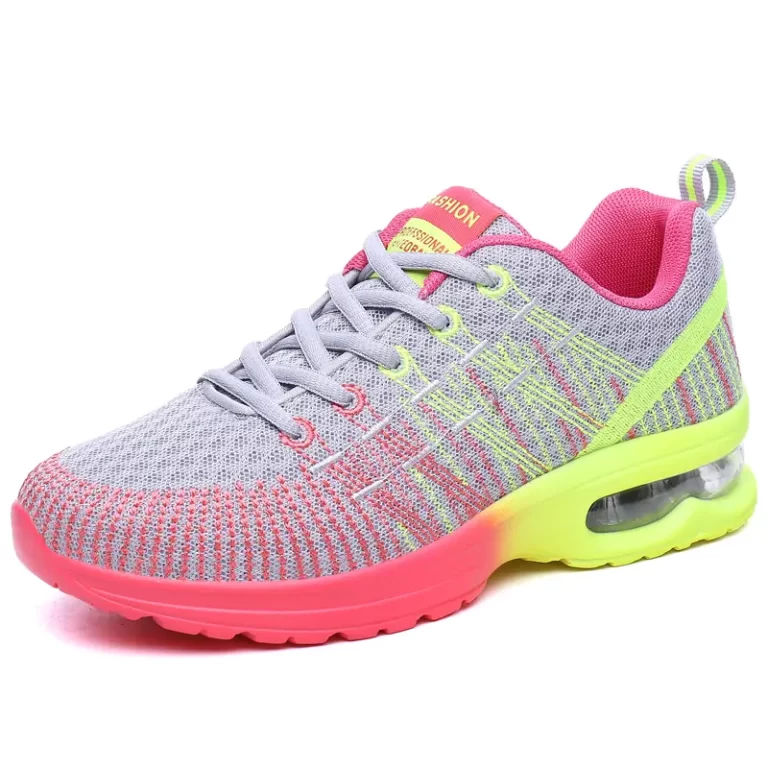Importance of Arch Support in Running Shoes
Choosing the right running shoes with arch support is a critical step for runners. This choice can greatly influence your comfort, performance, and injury risk while running. The arch of your foot plays a vital role in how you move. It absorbs shock each time your foot hits the ground. Running shoes that cater to your arch type can help distribute this pressure evenly.

Running shoes with poor arch support can lead to discomfort. Over time, they can even cause injuries like plantar fasciitis or shin splints. Good arch support in running shoes helps in maintaining proper foot alignment. This is key for a safe and effective running stride.
Runners with well-supported arches will likely experience fewer aches and pains. They will also have better endurance. Moreover, proper support can improve your running mechanics. This efficiency can ultimately contribute to enhanced performance.
In summary, arch support in running shoes serves to:
- Cushion the foot
- Decrease injury risk
- Maintain alignment
- Enhance comfort and endurance
- Improve performance
When looking for running shoes with arch support, pay attention to cushioning, stability, and how the shoe fits. These features will be further detailed in the following sections, helping you make an informed decision. Remember, every runner’s feet are unique. It’s important to choose a shoe that caters to your specific needs.
Identifying Your Arch Type
Before searching for running shoes with arch support, identify your arch type. Three common arch types exist: low, neutral, and high. Knowing your category is key to finding the right fit.
Low Arches or Flat Feet
If you have low arches or flat feet, you’re prone to overpronation. This means your feet roll inward excessively when you run. Shoes designed for low arches often provide stability and motion control.
Neutral Arches
Neutral arches need shoes that offer a balance of stability and cushioning. These accommodate the natural foot motion. Shoes for neutral arches often feature moderate support.
High Arches
A high arch results in supination, where your feet roll outward. High-arched runners require shoes with extra cushioning to absorb impact. Look for flexible shoes with a soft midsole.
Drill down on your needs by paying attention to comfort and any existing foot conditions. Consult with a professional or use a wet foot test to determine your arch type. This simple test involves wetting your feet, stepping on a surface that can show your footprint, and observing the shape. An almost full footprint likely indicates a low arch, while a slim connection between the heel and ball suggests a high arch. A neutral arch will have a distinct curve on the inside of the foot.

Key Features to Look for in Running Shoes with Arch Support
When you’re in the market for running shoes with arch support, certain features are non-negotiable. These features not only provide comfort but also prevent injuries. Here are the key characteristics to consider:
- Cushioning: This is essential for absorbing impact. A well-cushioned shoe reduces stress on your feet and joints.
- Stability: Stability features ensure your feet stay aligned. This is crucial for those with low or flat arches.
- Motion Control: Shoes with good motion control prevent excessive foot movement. They are perfect for overpronators.
- Flexibility: Your shoes should bend and flex at the right points. This aids in a natural foot stride, especially for those with high arches.
- Supportive Insoles: Insoles that match your arch type can enhance comfort and fit.
- Breathability: Good airflow keeps your feet cool and reduces moisture. This leads to fewer blisters and discomfort.
- Durability: Look for high-quality materials. Durable shoes will support your arches for longer.
Remember, each runner is unique. Your perfect pair of shoes might be different from another’s. Focus on your specific needs and foot type. Try on multiple pairs and walk or jog around the store to get a feel for the right fit. Pay attention to how the shoe grips your heel and supports your arch. Trust your comfort level as a guide, but consult with experts if you need more advice.
Find shoes that blend these key features with style and your personal preference. That way, you’ll have a pair of running shoes with arch support that you’ll want to wear again and again. Get the right shoes and transform your running experience today.
The Best Running Shoes for Flat Feet
Choosing running shoes for flat feet requires specific features to ensure safety and comfort. Flat feet, known as low arches, can lead to overpronation, creating a need for specialized shoes. Look for running shoes with these qualities:
- Stability Support: Shoes with strong stability help control overpronation and keep your stride in alignment.
- Motion Control: Features that reduce excessive foot movement can safeguard against injury.
- Structured Cushioning: While cushioning is important, the structure of it helps in evenly distributing weight and mitigating stress on the joints.
- Reinforced Arch Area: A reinforced arch area provides the necessary support that flat feet lack naturally.
- Wide Base: Often, a wider base will offer a more stable platform for flat-footed runners.
When shopping for the best running shoes for flat feet, consider models that market themselves as ‘stability’ or ‘motion control’ shoes. These are designed to counter overpronation. Try multiple pairs to see which one meets your needs while providing the comfort you require. It’s worth noting that while some runners with flat feet may find relief in orthotics, others may just need the right type of shoe to experience a comfortable run. Always remember to replace your running shoes regularly to maintain optimal support and cushioning.
Top Picks for High Arched Runners
Finding the best running shoes for high arches means looking for outstanding cushioning. This is to lessen the hard impact your feet may endure. Here’s what to focus on:
- Enhanced Cushioning: Choose shoes with plush cushioning to absorb shock effectively.
- Flexibility: Seek out shoes that allow sufficient flex, aiding natural movement.
High-arched runners should select shoes with a soft midsole that bends easily. This enables a smoother transition from heel to toe. A flexible outsole is also important. It allows for the natural rolling of the foot through each stride.
A few top recommendations for high-arched runners include:
- Asics Gel-Nimbus: Known for its gel cushioning system, it provides exceptional comfort.
- Brooks Glycerin: Offers soft cushioning and a flexible fit, ideal for high arches.
- Hoka One One Bondi: Features a full EVA midsole, ensuring maximum cushioning.
These models blend cushioning with flexibility, making them solid choices. High-arched runners often praise the comfort they deliver.
Try on several pairs to find the best fit for your arch and gait. Remember to test them by walking and jogging in the store. Your feet should feel well-supported and comfortable. The shoe should not pinch or cause any irritation. With careful selection, you can find the perfect pair that supports your high arches and enhances your run.

How to Properly Fit Running Shoes for Optimal Arch Support
To ensure optimal arch support, fitting your running shoes correctly is crucial. Here’s a step-by-step guide to get the right fit:
- Measure Your Feet: Get your feet measured at a store. Your foot size can change over time.
- Check for Space: Ensure there is a thumb’s width of space between your longest toe and the shoe end.
- Feel the Width: Make sure the shoe is snug, not tight, across the widest part of your foot.
- Heel Fit: Your heel must fit comfortably with minimal slippage.
- Lace Them Up: Tie the laces to secure your foot without cutting off circulation.
- Walk Around: Spend time walking or jogging in the shoes to check for any discomfort.
- Focus on Comfort: Above all, your shoes should feel comfortable right away.
Shop later in the day when your feet are likely at their largest. Always test running shoes while wearing the socks you’ll run in. Remember, the right fit can prevent injuries and improve your running experience. Choose shoes that make you feel confident and comfortable on your runs.
Maintaining Your Running Shoes for Lasting Arch Support
To keep your running shoes in top shape for arch support, follow these maintenance tips:
- Rotate Your Shoes: Using the same pair daily can wear them out quickly. Have two pairs and alternate.
- Clean Regularly: Dirt can damage materials. Wipe your shoes down after runs and let them air dry.
- Avoid Heat: Don’t dry your shoes near heaters or in direct sunlight. This can cause them to lose shape.
- Check for Wear: Inspect your shoes often. Look for worn-out soles or a flattened arch area.
- Replace Timely: Don’t wait too long to replace shoes. Doing so compromises support. Aim for every 300-500 miles.
- Use Proper Technique: Putting on or taking off shoes improperly can strain them. Use your hands, not your feet.
- Store Correctly: Keep your shoes in a cool, dry place. This can extend their life.
Remember, proper care boosts comfort, performance, and prevents injuries. Make shoe maintenance a part of your running routine.
Common Mistakes to Avoid When Choosing Running Shoes
Selecting the right running shoes with arch support is an important decision for any runner. To help prevent common errors, be aware of these frequent mistakes during your search:
- Ignoring Arch Type: Don’t pick shoes without considering arch type. This overlooks a key factor for the right support.
- Choosing By Brand Alone: Avoid choosing based solely on brand popularity. Focus on fit and features for your feet.
- Skipping the Try-On: Always try on shoes before buying. Don’t rely on size numbers alone.
- Forgetting About Width: Width matters as much as length. Shoes that are too narrow or wide can cause issues.
- Overlooking Wear Patterns: Replace shoes when they start to wear down, not just when they look old.
- Neglecting Comfort: If they don’t feel comfortable instantly, they’re likely not the right choice.
- Not Consulting Experts: Get advice from experts, especially if you have specific foot conditions.
By steering clear of these mistakes and paying close attention to the fit, you can find the best running shoes with arch support for your needs. This ensures both comfort and durability on your runs.

